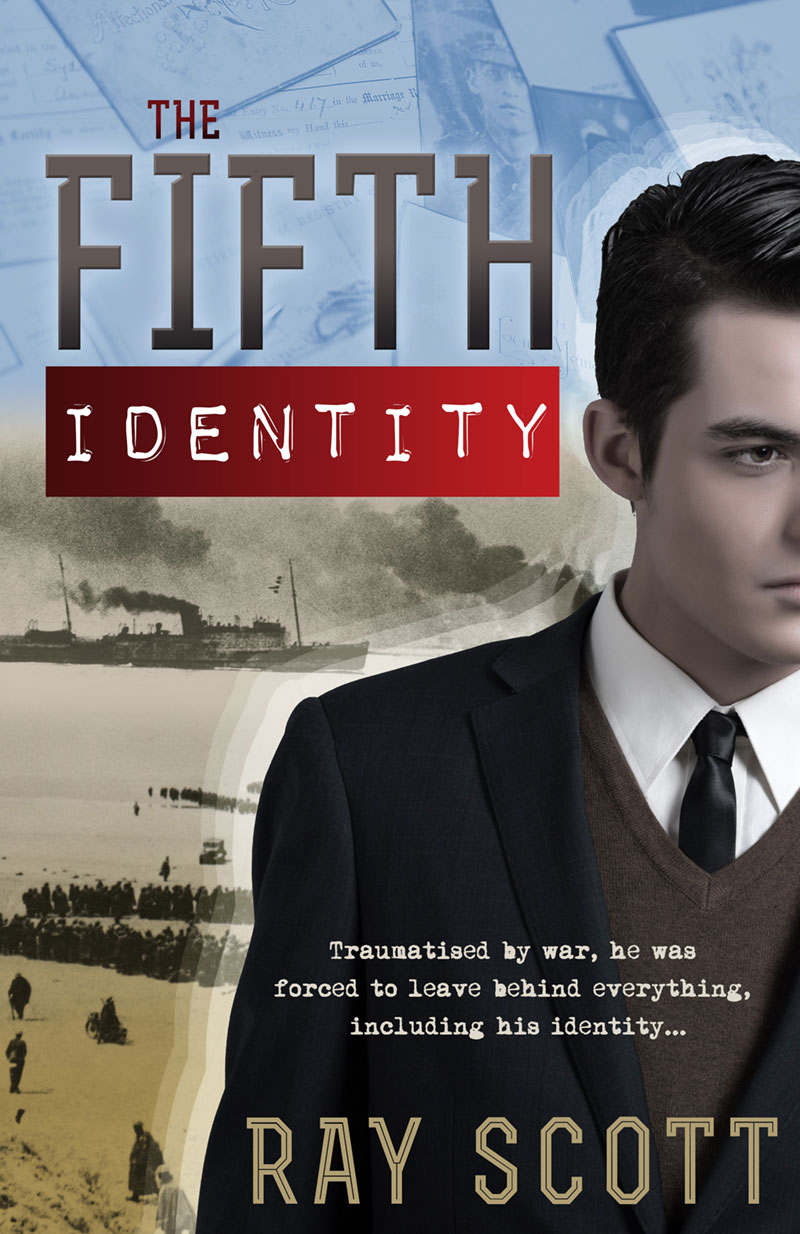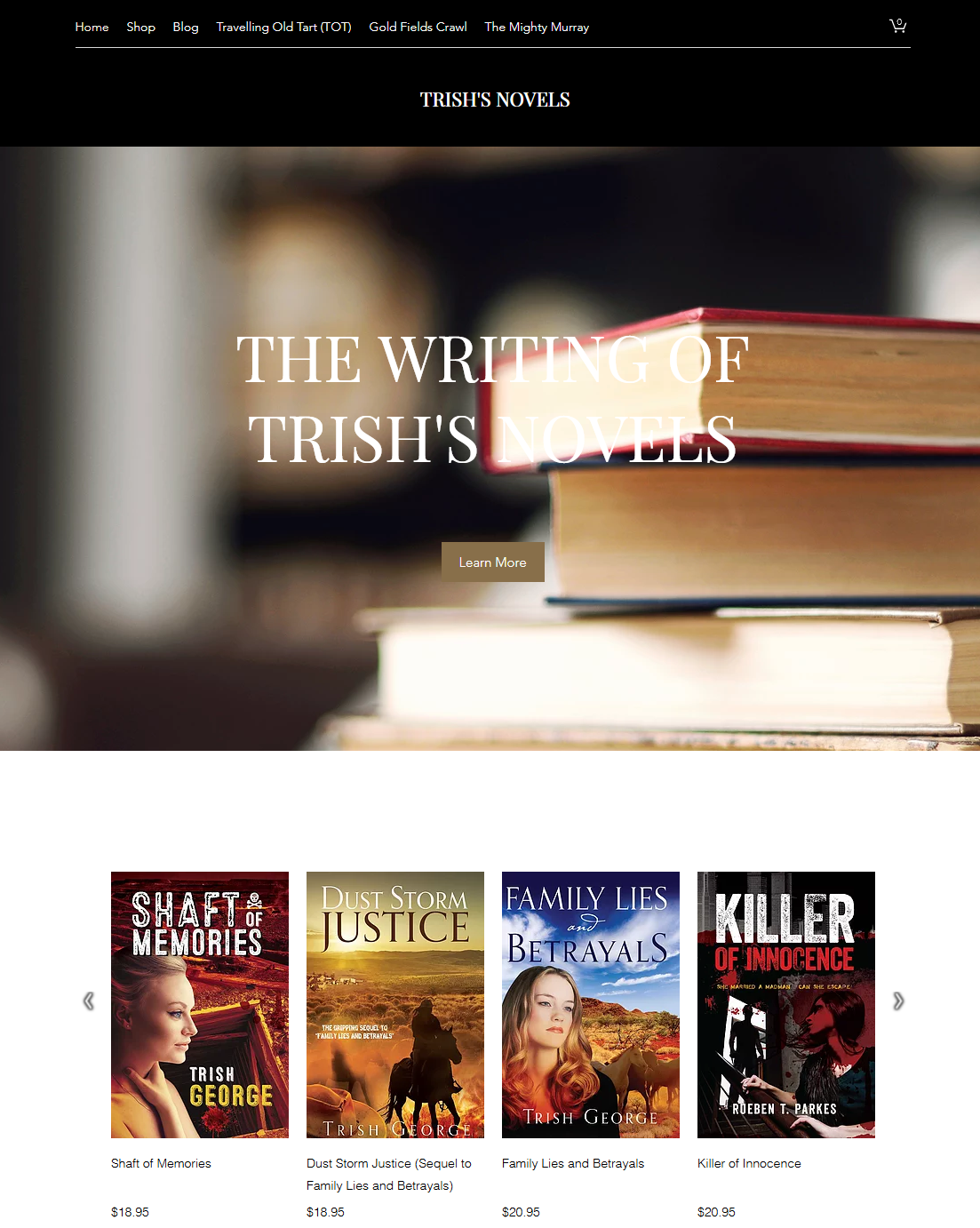We asked author Pat Kelly to describe her successful efforts to market her two books set on the Isle of Man (Shadow of the Wheel and Hedge of Thorns). There’s quite a bit of detail, but it is a testament to persistence and networking (and having two excellent books to sell)
When my book, Shadow of the Wheel was accepted for publication I was not a member of Facebook but joined at my publisher's suggestion.
I happily admit to being a complete computer nerd and had no knowledge about Facebook other than that people seemed to send each other photographs of what they were about to eat. However, I dutifully joined and asked one or two people I knew to be my friends. Most of these were family, but a few were people I had known when I lived in the Isle of Man. So after a few days, I had a whole twelve 'friends'. I looked amongst their friends and put in a 'friend' request to quite a few. Some accepted, some didn't and some asked 'who are you?' From the ones who accepted I put in requests to some of their contacts. So it mushroomed until I now have over 100 contacts.
The important thing was, who some of these new friends were and the actions they took for someone who was almost, and in many instances, a complete stranger.
As the book started in the Isle of Man and I know the Manxies love their island and its history, I joined a couple of groups on the Island and saw one or two names I knew, so put in 'friend' requests to them. Several of them, on hearing about Shadow of the Wheel' got on to Amazon straight away and actually bought a copy while we were still on Facebook chatting. They enjoyed the book and some of them shared a picture of the book along with some very flattering words with all their friends. One actually said 'It is a terrific book DOWNLOAD IT NOW!' Others who had read it invited me to join another Isle of Man group they were members of. So I am now in five Manx groups and the good thing about this is that there are Manx societies all over the world, who are also members of the Isle of Man groups. So this got the word out to the world about my book.
It was a bit like throwing a pebble into a pool and watching the ripples spreead and grow.
One lady who is the secretary of the Isle of Man Family History Society, got in touch with me because she wishes to do a write up about me in the society's journal which will be out November, after which she is going to organize a write up in the local papers about me and my books and also a piece on the local radio.
Since launching Shadow of the Wheel, I have done a huge edit on a book I had published on the Isle of Man in 1993. It is a true story, as told to me by my late mother in law, telling about her childhood during the 1st World War, in a village of about 20 residents, when a huge internment camp was built in the village to house 'alien internees'. It was made rather a mess of when it was originally published, but with a lot of patient help from Luke Harris I undid all the wrongs that were done to it originally and Luke designed a beautiful new cover for it.
I re-launched it in the middle of September and put a picture of it, with a few words of explanation, out to my Manx groups. Within two hours I had enquiries from South Africa, Zimbabwe, USA and Canada asking where they could buy the book. Presumably they are Manx expats now living in these countries.
I also friended (only because she bore the same name as my beloved sister) a young girl - sixty years my junior who lives nearby and is studying journalism and history at university. She has similar interests to me and we got on like a house on fire from the moment we met. We are now close friends, she has bought and read both my books. She wrote my life story and,said a lot of flattering things about my books and took a very nice photo of me sitting on my front steps with a copy of Shadow of the Wheel as one of her assignments for university, then shared this assignment with her almost 2000 Facebook friends, including links for buying my books. Ending with a comment that they were terrific books and advising her friends to buy them.
This, to me, shows the value of choosing carefully on Facebook, then putting in requests to likely looking 'friends, contacts of theirs - and so ad infinitum.
I addition to this my friends in the Lakes Entrance senior citizens club put of a little launching morning tea for me a the club and invited a reporter from the local paper to come and take a photo. She duly did this, then called out to my house twice to interview me and did a great article about my life's history and how I came into writing. Now that Hedge of Thorns has also been launched, she is going to gake some more photos and do another little write-up.
Update #1
I had an email on Friday from one of my friends in IOM who told me that her friend, Carol Tomlinson, had just sent her a message (tongue in cheek) telling her she had just finished reading her wonderful book and didn't know she had it in her. So Pat and I exchanged a few messages about it and I told her about Hedge of Thorns, etc and she said she was going to buy them both. The following day I had a friend request from Carol Tomlinson, who had seen Pat's and my exchange. Carol and I had some long chats about my books. She had bought Shadow to read on holiday in Italy and couldn't put it down, so now she'll have to buy another book for the rest of her holiday. She said she was enjoying it so much she was very sad when it ended and asked if I would be doing a sequel.
I told her about my other books - Beyond the Seas and that at some time I am possibly going to re-launch Smugglers. She says she is going to buy Hedge of Thorns when she gets home, so I suggested she should buy it from the Knockaloe Trust rather than Amazon. She also said she is going to buy another copy of Shadow to give to her friend — who lives in Laxey — for Christmas. When I opened up her page there was huge picture of Shadow of the Wheel and a very glowing report. One of her friends thanked her for the tip and said she had just bought it and another two said they were going to.
Then yesterday I had a message from a lady who bought it not long after it was launched, but at the time said she had a few in a queue in from of it waiting to be read. She had just finished it and said she cried at the end when Jos got off the train along with the rest of the family. She also put a big picture and write up about it and sent it to all her friends.
So it still seems to be moving well over there. In addition I sold two copies of Hedge and one of Shadow to two friend in my carer support group on Friday. It's all quite exciting.
UPDATE # 2
I just thought I would bring you up to date with my latest exploits. I decided to make today a day of running around all the little businesses I could think of to see if I could make any sales.
I started with the General Store in Swan Reach. The fellow there was very happy to take some of my books and have a go, though he did say he didn't really think they would sell there. But when I came to discuss money and how much his share would be, he just flapped his hand and said they didn't do that there. Any he sells he will just give me all the dough — to quote him. So let's hope he sells some.
Then I got to Bairnsdale and my first call was to a 'cafe' I just discovered a couple of weeks ago when a friend suggested we should meet there for a cuppa. It was only afterwards that I realised that they sold school supplies, stationery etc. there. So I decided to give them a try today. The first thing I saw when I walked in the door was a little stand of books and above it said 'LOCAL AUTHORS'. When I went in, books in hand and told the lady what I was there for I thought she was going to jump over the counter and hug me. No hesitation in saying she would have some of my books. She said she takes 20 per cent, which is $2 less than I was going to offer her, so I didj't argue. She then asked if I did events, which I haven't but would be willing to. She is very involved with the Bairnsdale Show and says they have a stand there which they invite local authors to bring their books to, and they get about 60,000 visitors to the show. She says there are also other events they invite authors to.
As you know, it was a stinking hot day, so I decided to have an iced coffee while I was there and there was a lady at another table. As Charlotte (the shop lady) was putting my books on the shelf this other lady said something to her and she took one of each over to her. Then she came back to me, told me the other lady was also an author and gave me her book to look at. The lady, Leanne, was actually a poet and photographer and her pictures were absolutely stunning - all local pictures.
When I'd finished my coffee I stopped to chat to her and we spent about half an hour discussing our masterpieces. She told me the secretary of the Bairnsdale Historical Society is Manx and she thought she would probably be very interested in Hedge of Thorns. When I got up to leave she told me she was going to buy Shadow of the Wheel herself and as I went out the door I looked around and sure enough, she was at the counter buying the book.
Charlotte asked to take a photo of me with the books to put on social media. In actual fact, she stood on one side of the 'local author' stand and I stood on the other side with a book each showing the sign between us. It looked good.
When I got home I found both ladies on facebook and requested to 'friend' them. They could both prove very useful contacts.
When I left there I went to the newsagent in the main street, but the boss was out and wouldn't be back for about an hour.and it was too hot to hang around. I had also been going to try two places in Paynesvile and the general stor in Metung, but again the heat was getting to me. I'll do them and the Newsagent another day.































